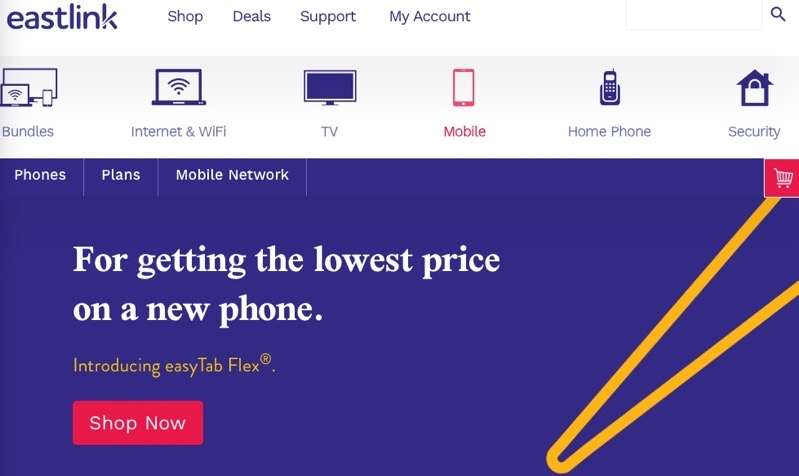
StatsCan Says Cellphone Bills are Falling, But That’s False: TekSavvy
Recent Statistics Canada data suggests cellphone and internet prices are falling, part of inflation easing, but that’s not entirely true, according to TekSavvy.
“The data reflects temporary promotions and the global drop in data costs, not the actual bills of Canadians, which continue to rise,” writes Peter Nowak, Vice-President of Insight & Engagement at TekSavvy.
The reported decrease in telecom prices, including a 26.5% reduction in cellphone plan costs from last year and a 13.2% fall in internet access fees, doesn’t exactly match what consumers are paying.
Notably, these stats are said to contribute to a slight dip in inflation rates. Yet, ‘Big 3’ telcos Rogers, Telus and Bell show steady or increasing Average Revenue Per User (ARPU), a key indicator of consumer spending on telecom services. That’s total revenue divided by the number of users, a key metric touted in quarterly earnings reports to investors. Not much has changed in ARPU over the past two years.
He argues that the carriers’ emphasis on ARPU as a reflection of consumer choice masks the reality of increasing fees, such as roaming and activation charges, which maintain or boost consumer bills regardless of promotional offers.
The Globe and Mail recently wrote about similar falsehoods when trying to figure out StatsCan data on lowering cellphone prices. StatsCan itself is trying to get more data from wireless carriers, saying “we don’t have all the information that we would like.”
“It’s clear that the supposed savings from lower-priced plans are offset by other fees, rendering promotions a facade rather than a genuine reduction in costs,” Nowak adds.
Notably, ARPU in home internet, continues to increase based on CRTC data, which said it was at $71.56 in Q3 of 2023, up from $64.56 when the COVID-19 pandemic was first declared, a 10% increase, says Nowak.
Independent studies and international comparisons consistently rank Canada’s telecom prices among the highest in the world, challenging the narrative of declining costs.
“Bell, Rogers and Telus are aware of how Statscan arrives at its results – and they’re also acutely aware that the federal government would very much like to proclaim its 2015 election promise to lower telecom prices as fulfilled, not to mention take credit for lowering inflation. So is it any wonder that they’re advertising prices that show up as statistically lower, but not where it really counts?”, writes Nowak.
“The regulator must look at its own, more accurate data, which shows that more competition delivered via more competitors – not fewer – is the only way to actually bring down people’s bills, and in a sustainable manner. Statistical smoke and mirrors won’t do it,” he concludes.
What changes have you seen to your cellphone or internet bill over the past two years? Have they gone up or down?


